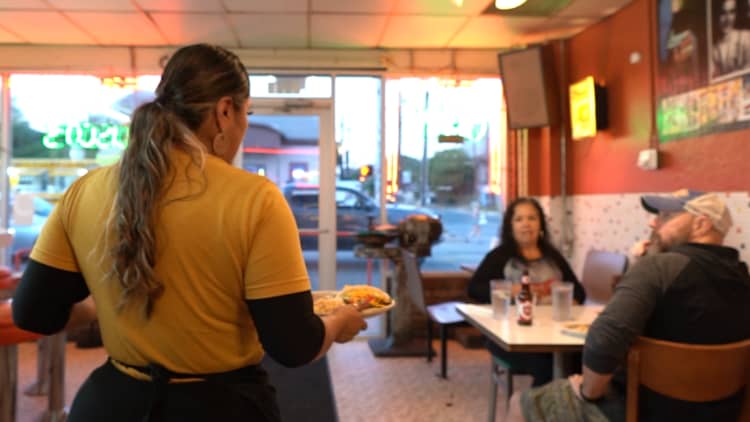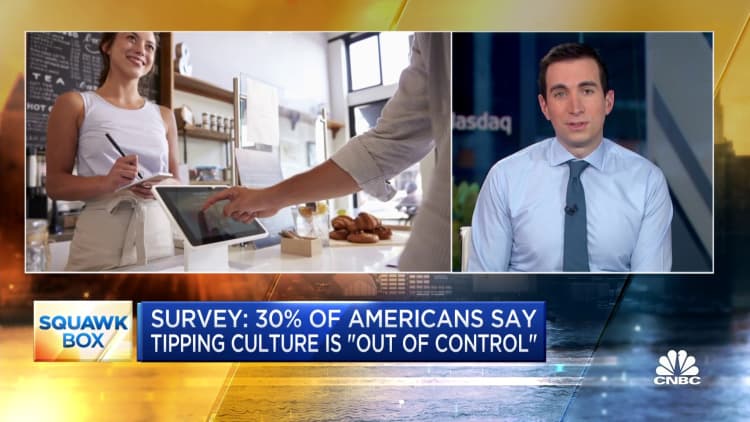
Instacart operates similarly; shoppers see a list of batches that are available to them in their area, as well as the expected customer tip, and they may select the one they want to shop, according to the company.
Uber drivers may not see the expected tip in advance, but at one point they could see a rider’s tip history, or whether they were a “top tipper,” which may have factored into who drivers chose to pick up.
“It was a wonderful tool for a driver,” said Sergio Avedian, a driver and senior contributor at The Rideshare Guy, a blog aimed at helping rideshare drivers earn more money.
Uber phased out the top tipper rider designation earlier this year. The company did not immediately respond to a request for comment.
“Drivers depend more and more on tips these days,” Avedian said. Still, his tips average only about 12% to 13% of the fare, he estimated.
‘Tip fatigue’ is real
In most cases, consumers face more opportunities to tip for a wider range of services than ever before, a trend also referred to as “tip creep.” But recent surveys show shoppers are experiencing “tip fatigue” and starting to tip less — while resenting tipping prompts even more.
Two-thirds of Americans have a negative view of tipping, according to a report by Bankrate, especially when it comes to the predetermined point-of-sale options.
“Consumers are dissatisfied with the current state of tipping, and a lot of it has to do with being asked to give tips before service rather than after,” Lynn said.
However, tipping in advance is not entirely new, he added. “People have long given bartenders generous tips as a bribe for future services, like getting a more generous pour.”
Subscribe to CNBC on YouTube.
Credit: Source link




